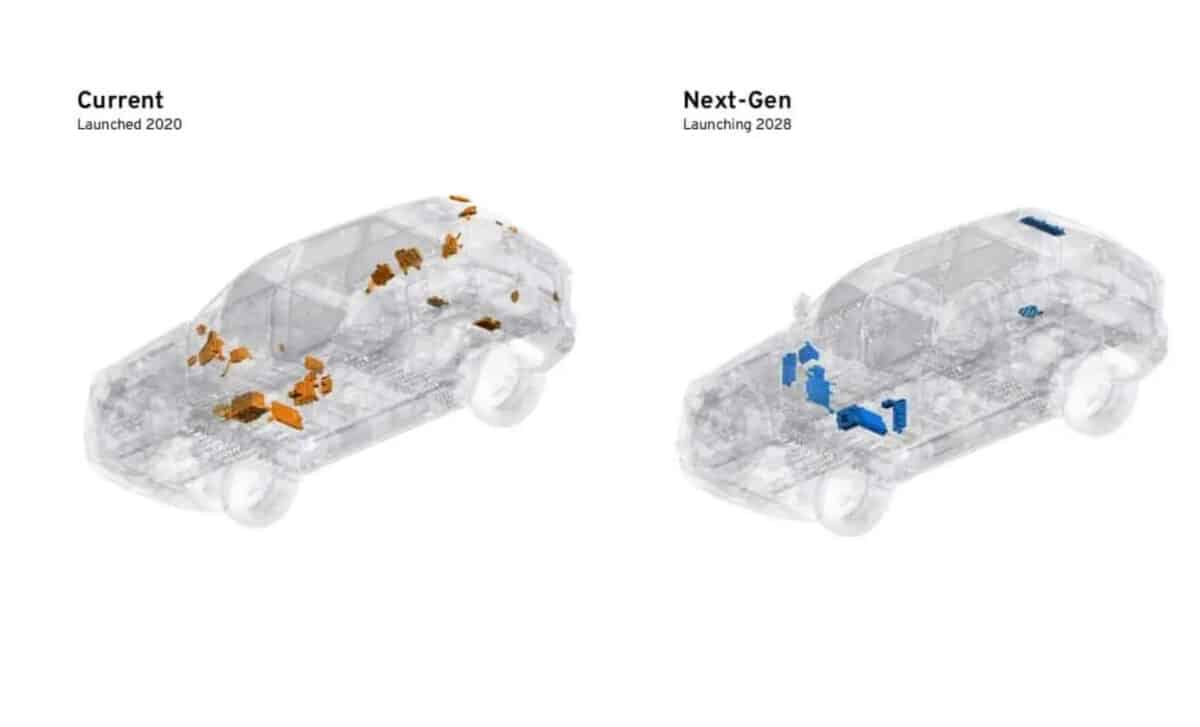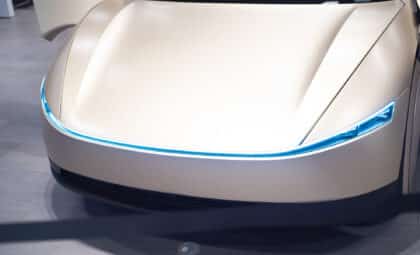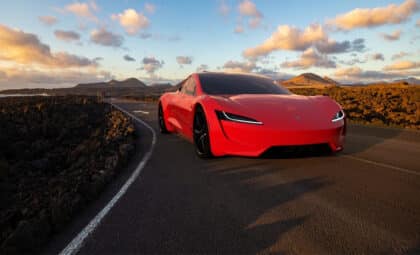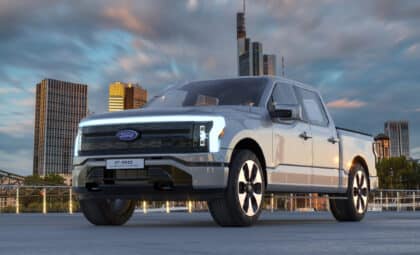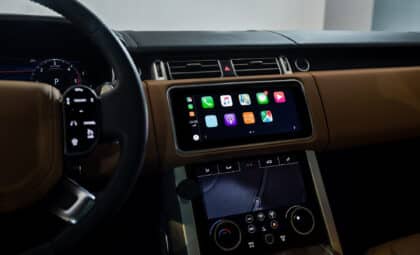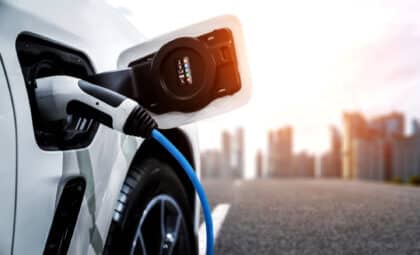This sweeping change is built around a cleaner, more efficient electrical and software design that replaces traditional fuse boxes with smarter, more powerful systems. The change will debut on the Cadillac Escalade IQ in 2028 and eventually extend across GM’s entire portfolio.
For years, automakers have treated gas cars and electric vehicles as separate beasts, each with distinct production lines and electronic systems. But General Motors is working to eliminate that divide. With EVs still facing high battery costs and softening sales, the company’s move to streamline development across both powertrains marks a calculated shift. It’s not just about saving money—it’s also about keeping future software updates fast and universal.
This unified platform also reflects broader trends in the car industry, as companies seek to cut wiring, reduce parts, and speed up development cycles. But few traditional manufacturers have attempted to fully integrate gas and electric cars on a single digital brain. GM’s strategy could set a precedent—if it works.
From Dozens of Modules to One Powerful Core
At the center of this new approach is a liquid-cooled central computer capable of replacing up to 12 traditional vehicle modules. As described by Gary Cygan, GM’s director of platform engineering, this main unit handles the majority of the vehicle’s computing tasks, including core driving functions. Separate modules cover connectivity features like WiFi, Bluetooth, and 5G, while three so-called aggregators relay data from sensors throughout the vehicle.
This structure reduces parts and makes wiring far more efficient. According to Cygan, “there are fewer things that can go wrong, fewer things that if they go wrong, it takes time to diagnose.” In the process, standard fuse boxes are eliminated altogether. Instead, the aggregators themselves now take on their role, enabling faster software deployment and remote diagnostics.
This design also introduces modularity. New features can be added with software updates, rather than hardware changes. As Cygan explained, “We’re adding compute upgrades, connectivity upgrades, and vehicle communication upgrades” into the architecture itself—meaning vehicles can evolve long after they leave the factory.
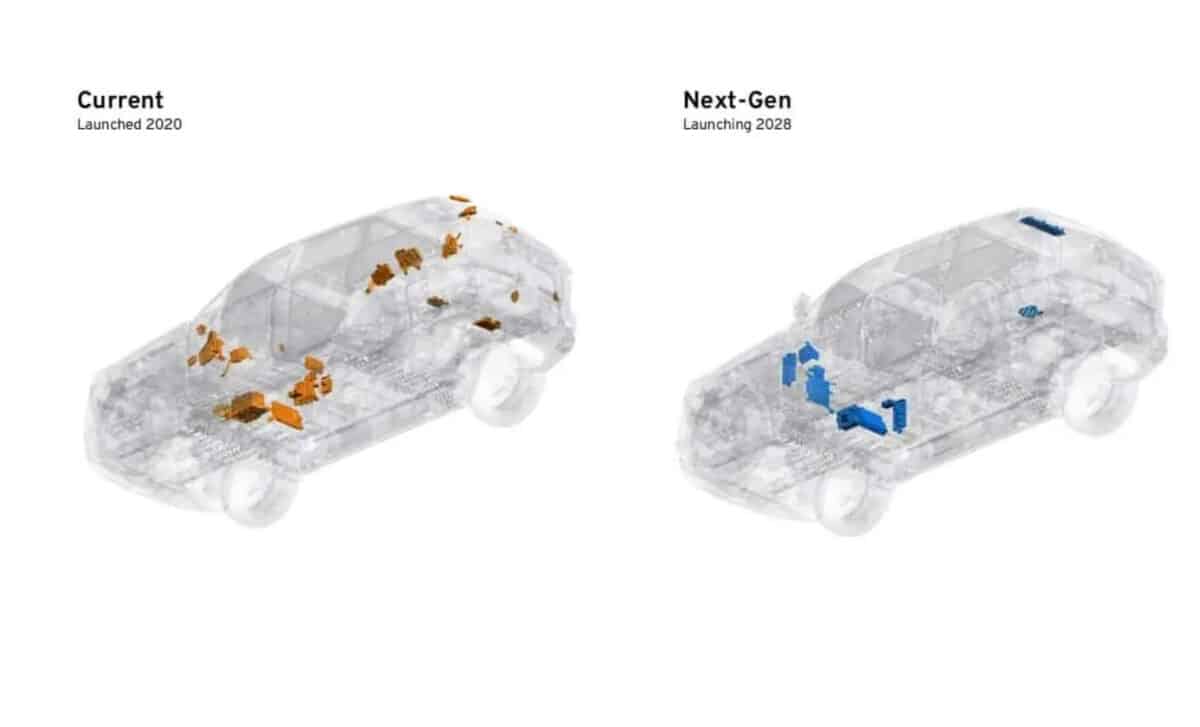
Same System, Different Engines
The biggest technical hurdle GM faces isn’t the software—it’s how to implement the same computing structure in both EVs and ICE vehicles. Since electric cars already use battery cooling systems that can support the central computer, integration there is relatively straightforward. But internal combustion engines generate much hotter coolant, which poses a challenge when it comes to keeping the new systems within safe temperatures.
Still, the company remains confident. As reported by Motor1, GM confirmed that this architecture will first appear in the Cadillac Escalade IQ launching in 2028. But crucially, the system doesn’t require entirely new models—it can also be installed in existing vehicle platforms, which helps expand its reach without waiting on a full design overhaul.
This decision has major cost implications. Cygan noted that, in theory, “if we were to take the exact same capability that you have in here and move to this architecture, it’s a lower material cost.” That said, GM is packing in more capabilities and better silicon, so how that affects pricing for consumers remains uncertain.
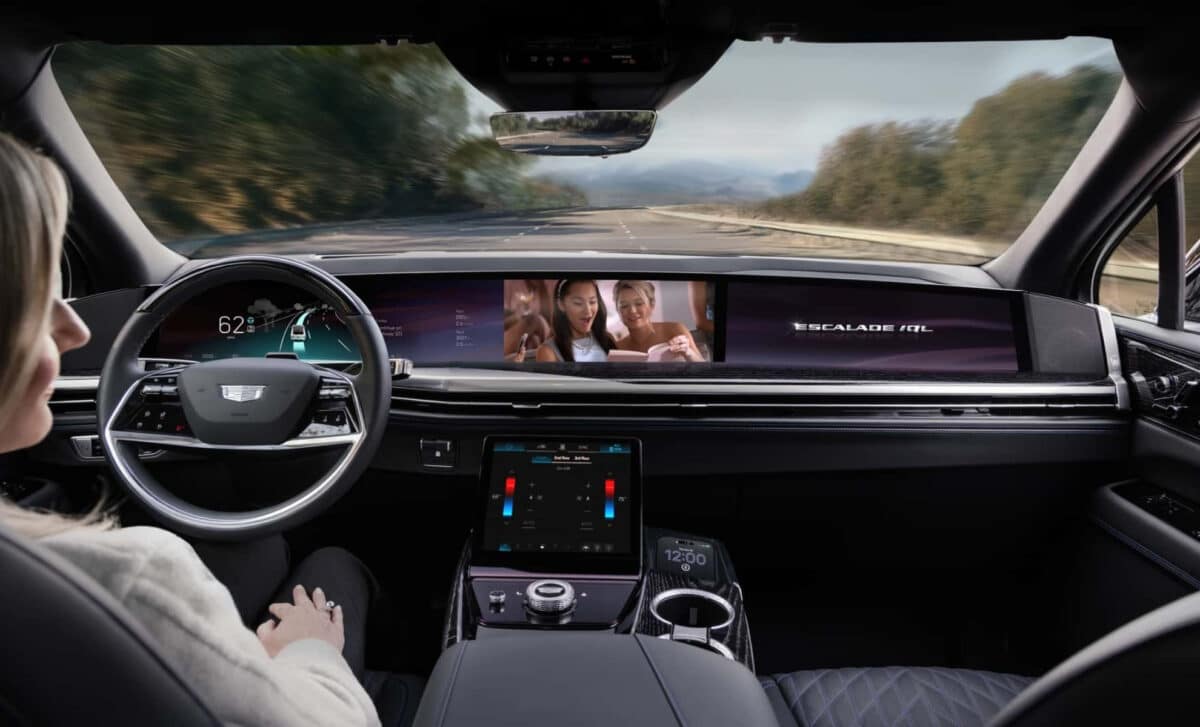
Software-First, Regardless of Fuel
GM is banking on a future where vehicles—electric or not—are defined more by software than engines. David Richardson, the company’s senior vice president of Software and Services Engineering, described the new system as a leap forward: “It means vehicles that are always up to date, delivering 10 times more software updates than our previous system.”
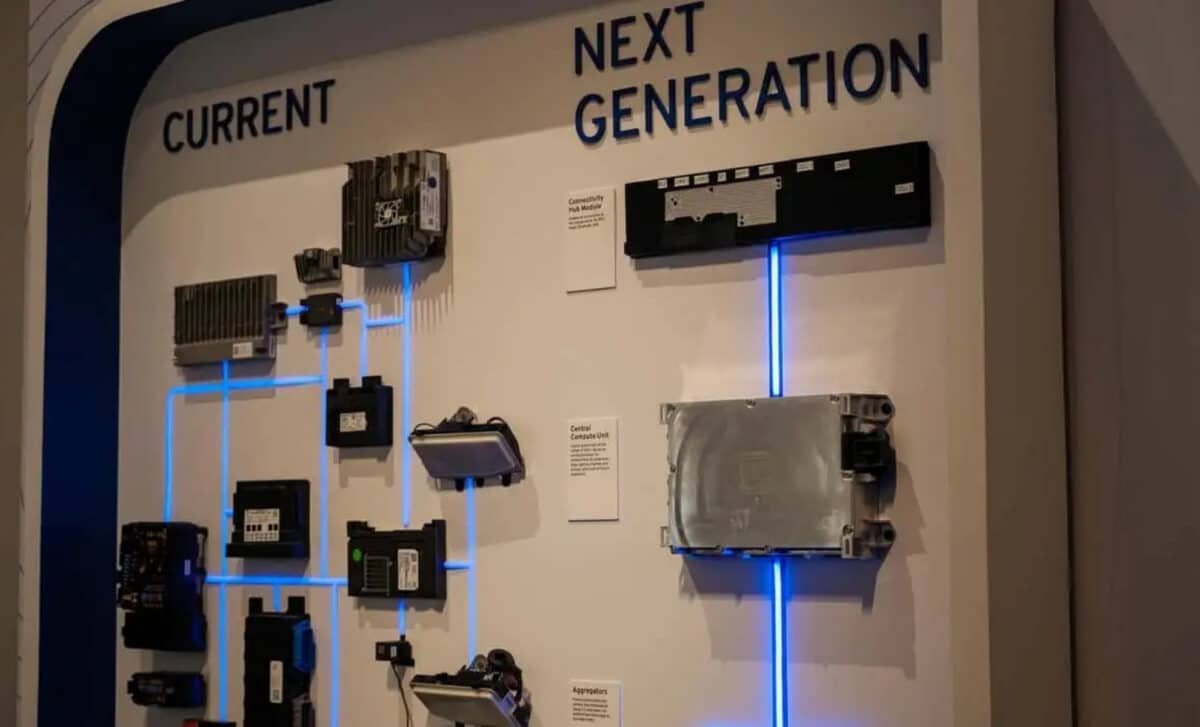
He also highlighted the system’s ability to support self-driving capabilities, as it allows for millisecond-level reactions and massive bandwidth increases—up to 1,000 times more than what GM previously used. This architecture, according to Richardson, could unlock everything from more responsive driver-assistance features to future AI workloads and entertainment options.
While this vision still depends on whether the tech will deliver on its promises, the broader strategy is clear. GM isn’t just transitioning to electric. It’s transitioning to software-defined vehicles across its entire fleet. And even if EV adoption takes time, the shift toward this unified platform ensures that gas cars won’t be left behind.

